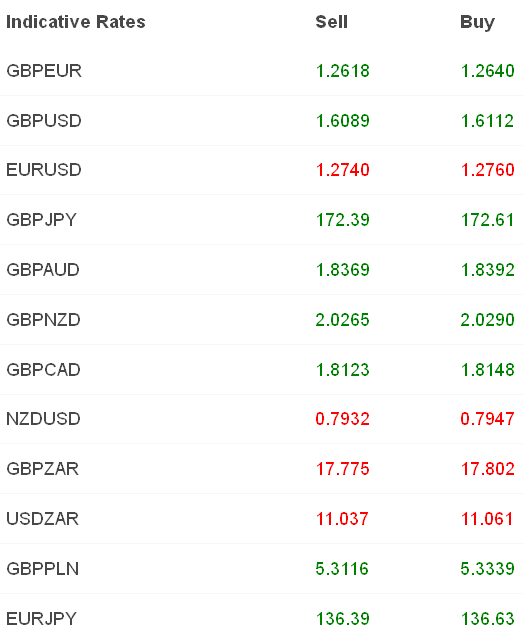While the near-term volatility in financial markets may have decreased over the weekend and through the overnight Asian session, a short drop and a quick stop cannot be guaranteed. The reactions of traders and the wider market to pronouncements from some of the world’s most powerful central bankers were all too telling.
The Chief Executive of the St Louis Fed, James Bullard’s plan to allow the Federal Reserve to continue to purchase assets, and not end asset purchases at the end of this month was at first met with hope, and then incredulity. Similarly the Bank of England’s Chief Economist Andy Haldane upset the apple cart by stating that ‘the mark-down in global growth, heightened geo-political and financial risks and the weak pipeline of inflationary pressures from wages internally and commodity prices externally’ implied that interest rates could ‘remain lower for longer’ than he expected three months ago. There was no new news on what the European Central Bank could do and whether the situation within the Eurozone yet dictates a change in policy.
Over the weekend Eric Rosengren, Boston Fed Chair, dismissed his colleague’s thoughts by saying that the US does not need more QE and that the markets should not be expecting it. I agree with his thoughts on volatility in “that just a couple months ago we were talking about how little turbulence there was. It’s going to take us a little time to fully process what exactly is the reason for the turbulence.” It is still my belief that as the advanced countries increasingly embark on divergent economic and policy paths, and as sustained currency realignments become more explicit policy goals aiming to ensure the weaker economies do not fall further behind, central banks will find it harder to repress FX volatility.
Adjustments as to when the Federal Reserve and the Bank of England are going to embark on monetary policy tightening continue to be made in light of recent bond and inflation market moves. By my reckoning there are now no economists making predictions of a November rate rise in the UK anymore after Barclays moved their thoughts on Friday to February of next year. That remains well before market expectations and now matches ours. The consensus remains in Q2/Q3 for a 25bps increase in the UK and in Q4 of next year for a US rate rise.
This week’s run of UK data, particularly Thursday’s retail sales announcement and Friday’s initial reading of UK GDP will be key for sterling. Wednesday’s Bank of England minutes could have easily seen an increase in the number of votes for an increase in interest rates, however we must view them through the prism of last week’s rather feeble inflation numbers. That alone has been enough to move market expectations, and should do for those on the Monetary Policy Committee.
Japanese yen is the main laggard through the Asian session as reports increase that the country’s enormous pension fund will begin to increase its holdings of stocks and overseas assets. The Tokyo Stock Exchange is flying higher as a result but the yen cannot benefit. Recent moves in energy markets have raised an interesting question for us strategists. Since the Tohoku quake and tsunami, Japanese energy policy has been turned on its head as nuclear power was phased out and oil imports had to fill the gap. As oil prices rose in JPY terms, the economy slowed, a situation only exacerbated by Abenomics’ weak yen posturing.
Given recent moves in global energy markets however, we are expecting to see these pressures on the Japanese economy lift somewhat. The correlation would suggest that could lead to a collapse in USDJPY below 100.00 however there is the possibility that the opposition to further JPY weakness as trade balance issues comes back from extreme levels allows Abe to once again put the JPY on the back foot. We will wait and see in the coming months.

